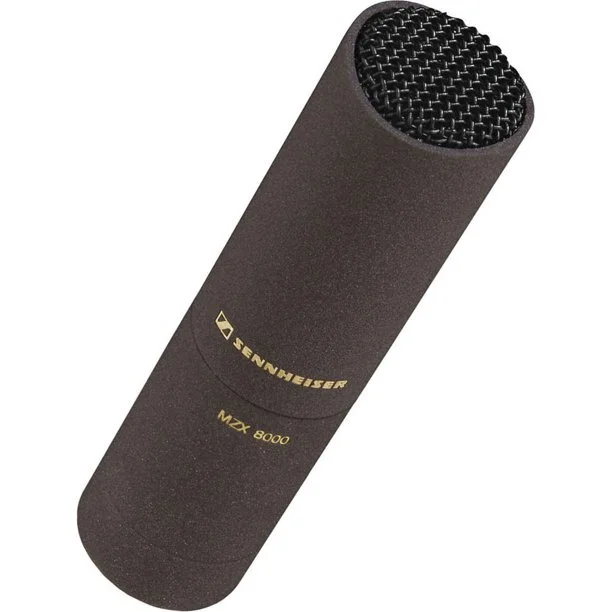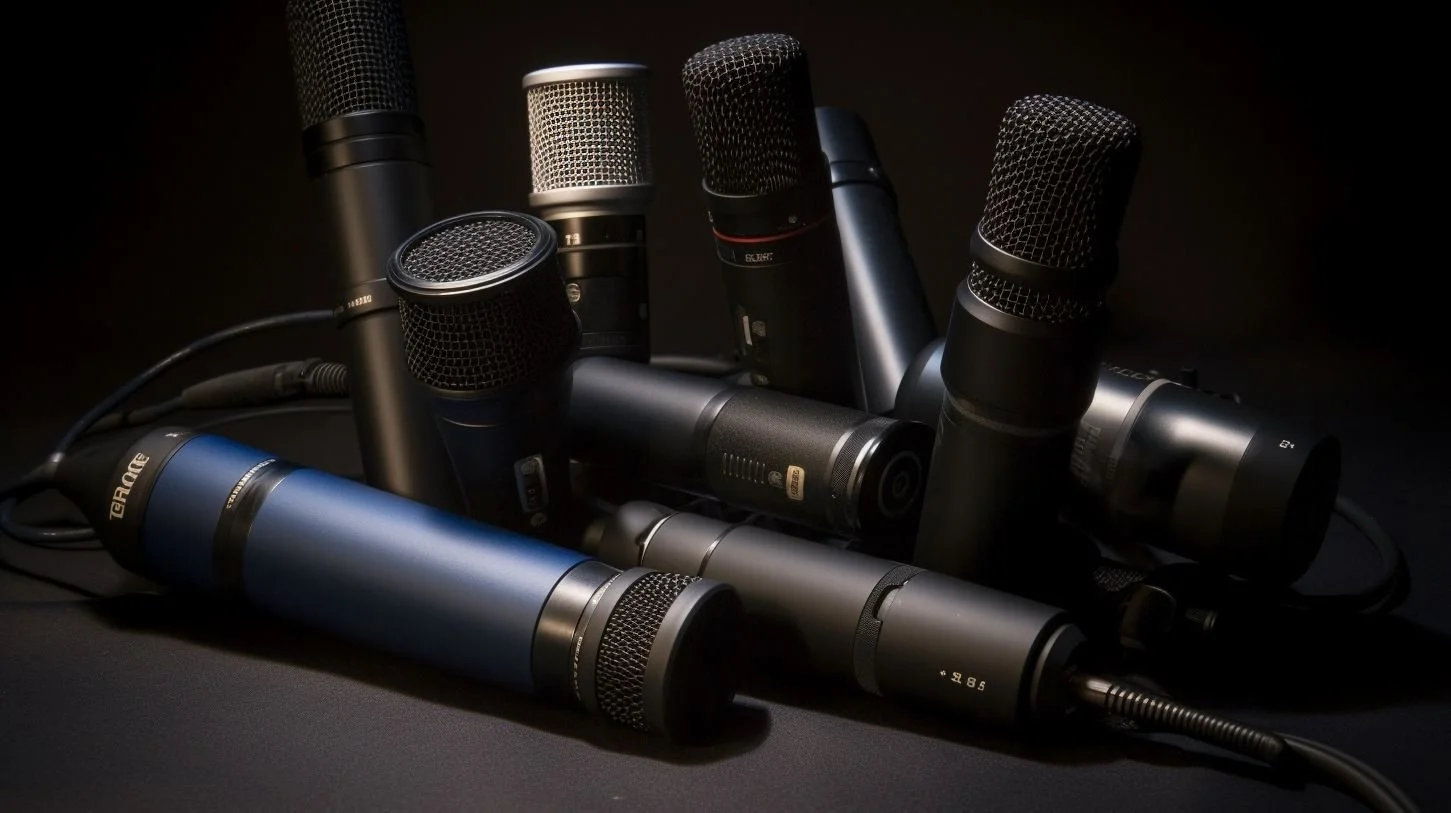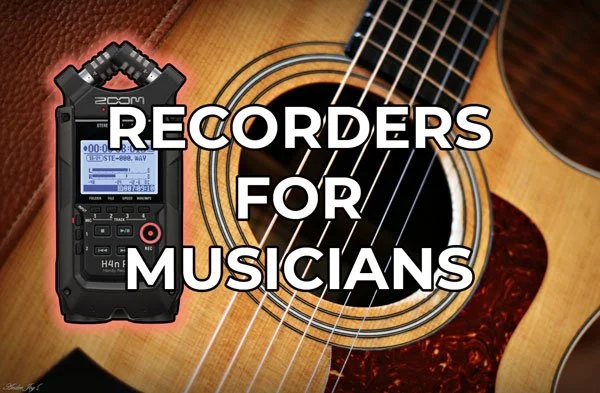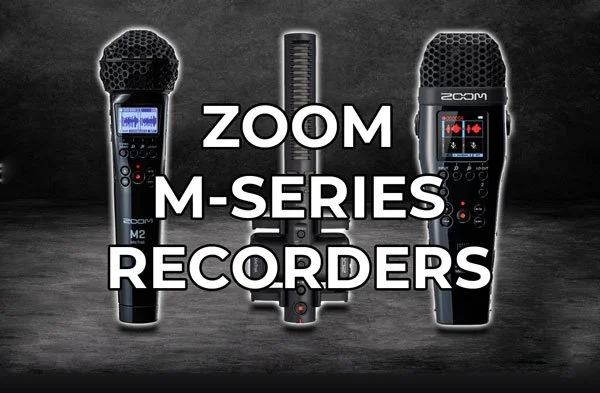Moisture Resistant Microphones For High Humidity Recordings
Are hissing and crackling sounds ruining your recordings? Find out why and how to solve the problem in this article!
Recording outdoors poses many problems to the recordist including wind, noise pollution, temperature extremes, rain and, humidity. If you’re not prepared with the right equipment, you could end up with no usable audio and you might even fry your gear.
This article will teach you how to record in humid environments. In this article, you’ll learn what makes some microphones more moisture resistant than others, the types of microphones you should avoid bringing outside and what microphones are the best for high humidity.
If you want to skip the technical details, click here to jump to the best microphones for recording in humid conditions.
Links in this article are affiliate including Amazon Associates. Purchasing through these links will earn me a small commission at no extra cost to you. Thank you for your support!
Table of Contents:
• Why Humidity is Bad • Best Microphone Type for Humidity • List of RF Condenser Microphones • Best Moisture Resistant Mics
Why Is Humidity Bad for Microphones?
Prolonged exposure to humidity levels of 70 percent or higher can cause issues with condenser microphones. Depending on the severity of the exposure, problems can range from:
Corrosion
Hissing and Popping Sounds
Short Circuiting
Corrosion
Corrosion for most metals is an inevitable fate. Although corrosion via exposure to air tends to be a slow process, high humidity, and direct water contact can greatly speed up deterioration.
All metal components inside microphones are susceptible to corrosion including diaphragms, coils, magnets, circuit boards, and even the body of the microphone itself.
Corrosion typically does not affect microphone performance unless the highly-sensitive diaphragm is affected. That’s why most microphone diaphragms are covered in a thin layer of gold. Gold doesn’t react with oxygen so it never rusts or corrodes.
Hissing and Popping Sounds
In most condenser microphones, the vibrating diaphragm generates a fluctuating charge that mimics that pattern of the incoming sound waves. This charge is passed through an electrical circuit and creates an electrical signal corresponding to the sound.
The problem is that this circuit has a very high impedance.
In humid conditions, it can be easier for this charge to escape through the water molecules in the air, rather than the circuit. This causes unwanted hissing, popping, and crackling sounds. It also reduces the output level and can change the microphone’s frequency response.
Electrical Shorts
Short circuiting occurs when an electric current makes an unintended connection between two or more components within a circuit.
Extremely high humidity and condensation caused by rapid temperature changes can cause short circuits in a microphone.
This can cause severe damage and end your microphone’s life.
Summary
Out of these, hissing and popping sounds are the most common and is a realistic concern. Most of the time, the unwanted sounds caused by high humidity are not permanent and can be fixed relatively easily.
While corrosion is inevitable, it occurs very slowly and its effects are largely unnoticeable. As for short circuiting, keep your mic out of direct water contact and don’t go from a refrigerator to a sauna and try to record immediately.
What Microphone Types Are Best For Humidity?
There are three main types of microphones: dynamic mics, condenser mics, and ribbon mics.
Out of the three, only condenser microphones are suitable for outdoor recording situations.
Dynamic microphones aren’t sensitive enough to record outdoor ambiences, and ribbon microphones are too fragile, a blast of wind can break them.
As far as condenser microphones, there are two types: AF (audio frequency) and RF (radio frequency). RF condenser microphones are much more moisture resistant and are the ideal choice for recording outdoors.
Why RF Condensers Are Better In Humidity
RF and AF condenser microphones work in very similar ways. They both have capsules that consist of a front plate (diaphragm) and a fixed backplate. When the diaphragm moves, the charge between these plates changes and generates an audio signal.
They main way RF and AF condenser microphones differ is in the impedance of their circuits. Impedance is a measure of the opposition to electrical flow. Electrons will take all available paths but a greater proportion of electrons will take the path of least resistance.
The design of an AF capsule is inherently a high impedance circuit. In this case, if water vapor is present (humidity), the capsule charge will escape through the air and not the circuit. This causes hissing and popping sounds from the microphone and reduces the output level.
The design of an RF capsule is inherently a low impedance circuit. They’re able to achieve this by using a relatively low capsule polarization voltage. The reduction of the electrical impedance of the capsule makes RF condenser microphones well-suited for recording outdoors in high humidity conditions.
RF technology was developed by Sennheiser and has been implemented in their “MKH” series of microphones. Their pioneering technology and incredible performance have made the MKH microphones the most popular choice for recording outdoors and in humid conditions.
For a more technical explanation of AF vs. RF, see this pdf document.
All Available Moisture Resistant RF Mics
Below is a comprehensive list of every RF condenser microphone available on the market. To check the price of a microphone, click the “$”.
$ = Under $500
$$ = Under $1000
$$$ = Over $1000
| Model | Pickup Pattern | Self-Noise | Price |
|---|---|---|---|
| MKH 70 | Long Shotgun | 5 dB-A | $$$ |
| MKH 50 | Supercardioid | 12 dB-A | $$$ |
| MKH 40 | Cardioid | 12 dB-A | $$$ |
| MKH 30 | Figure 8 | 13 dB-A | $$$ |
| MKH 20 | Omni | 10 dB-A | $$$ |
| MKH 416 | Shotgun | 13 dB-A | $$ |
| MKH 418S | M/S | 14/22 dB-A | $$$ |
| MKH 8020 | Omni | 10 dB-A | $$$ |
| MKH 8050 | Supercardioid | 13 dB-A | $$$ |
| MKH 8060 | Short Shotgun | 11 dB-A | $$$ |
| MKH 8070 | Long Shotgun | 8 dB-A | $$$ |
| NTG-3 | Shotgun | 13 dB-A | $$ |
| NTG-5 | Short Shotgun | 10 dB-A | $ |
| NTG-8 | Long Shotgun | 8 dB-A | $$ |
Best RF Mics
In this section we’ll look at which microphones are best for different purposes, pickup patterns, and budget levels.
Categories in this section:
• Best Value • Best Shotgun • Best Omni
Best Value RF Condenser
Affordable Performance: Rode NTG-5
With most of RF condenser microphones on the market costing well over $1000, the Rode NTG-5 is a welcomed option that doesn’t sacrifice performance and includes tons of accessories.
With only 10 dB-A of self-noise, the NTG-5 offer amazing low-noise performance and competes with much more expensive microphones. Additionally, the NTG-5 comes with all the accessories you need for recording great location sound.
Accessories included: foam windscreen, WS10 furry windshield, Rode PG2-R pistol grip with Rycote shock mount, and a standard stand mount for mounting the NTG-5 on a microphone stand or boom pole.
| Self-Noise: | 10 dB-A |
| Total Rejection: | 48 dB |
| Sensitivity: | -23.5 dBV |
| Diameter: | 19 mm |
| Length: | 203 mm |
| Weight: | 76 g |
Best RF Shotgun Mic
Most Trusted: Sennheiser MKH 416
The Sennheiser MKH 416 has been around for ages and is one of the most popular microphones in the world. Since its first development in the 1970s, the MKH 416 has established itself as a “bullet proof,” low-noise shotgun mic with good off-axis rejection and great sound.
| Self-Noise: | 13 dB-A |
| Total Rejection: | 38 dB |
| Sensitivity: | -32 dBV |
| Diameter: | 19 mm |
| Length: | 250 mm |
| Weight: | 175 g |
Latest & Greatest: Sennheiser MKH 8060
People are calling the Sennheiser MKH 8060 the new and improved version of the beloved MKH 416. In comparison, the MKH 8060 has a lower noise floor, is more sensitive, and is shorter, and lighter. In tradeoff, it has more handling noise and wind sensitivity than the MKH 416.
| Self-Noise: | 11 dB-A |
| Total Rejection: | 38 dB |
| Sensitivity: | -24 dBV |
| Diameter: | 19 mm |
| Length: | 178 mm |
| Weight: | 112 g |
Best RF Omni Mic
The Only Option: Sennheiser MKH 8020
With only two omnidirectional RF condensers on the market, the Sennheiser MKH 8020 takes the cake. With only 10 dB-A of self-noise, it is exceptionally quiet and capable of capturing some of the most subtle natural ambiences without hiss.
Although the Sennheiser MKH 20 shares this self-noise mark, that’s about the only similarity. In comparison, the MKH 8020 is more sensitive, thinner, shorter, lighter, and has an extended frequency range of 10Hz-60kHz.
Stereo sets of MKH 8020 mics are commonly used by professionals for recording stereo ambiences.
| Self-Noise: | 10 dB-A |
| Sensitivity: | -30 dBV |
| Diameter: | 19 mm |
| Length: | 75 mm |
| Weight: | 55 g |
Final Thoughts
Although RF technology makes superior microphones for recording outdoors in high humidity, the innovation can be quiet costly. However, there are some good options on the market including the Rode NTG-5 that offer great value in terms of performance, cost, and accessories.
In reading this article, I hope you’ve become better prepared for recording in unfavorable conditions. If you have any lingering questions, feel free to contact me.
Support Acoustic Nature
If you enjoyed this post and would like to help support Acoustic Nature, please consider "buying me a coffee" or becoming a Patreon with the buttons below.
As a thank you for your support, Patreon supporters receive a copy of Field Recording For Beginners, exclusive access to the full Behind The Sounds video series, nature sound library downloads, and more.
If you are unable to support the site financially, please share this post with others, or leave a comment below letting me know you enjoyed this post! Both are free and help the website grow. Thank you ♫
Thanks for reading,
-Jared



























